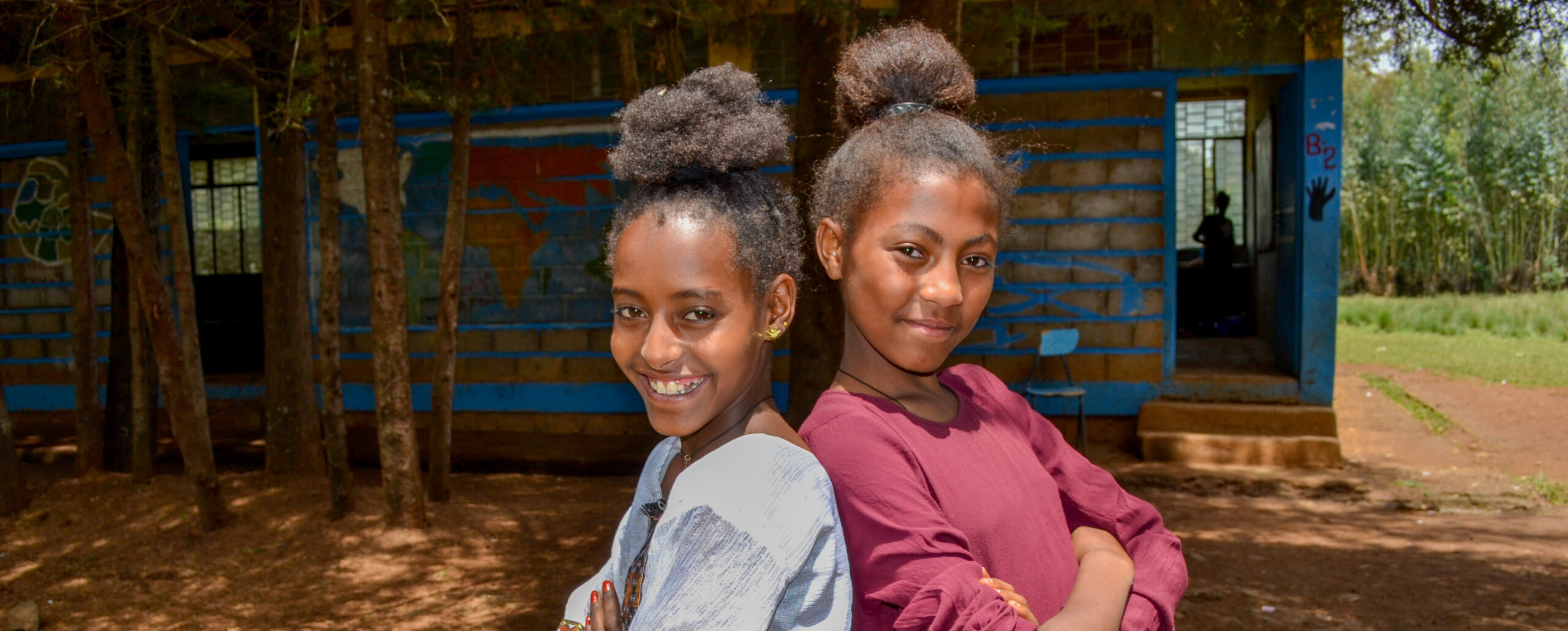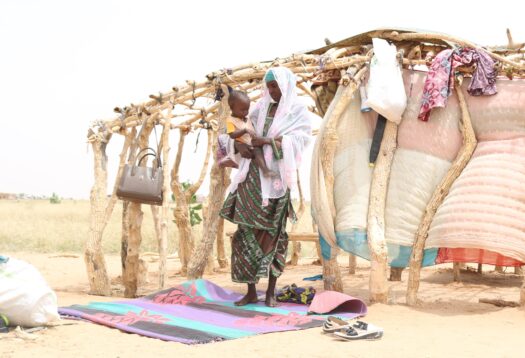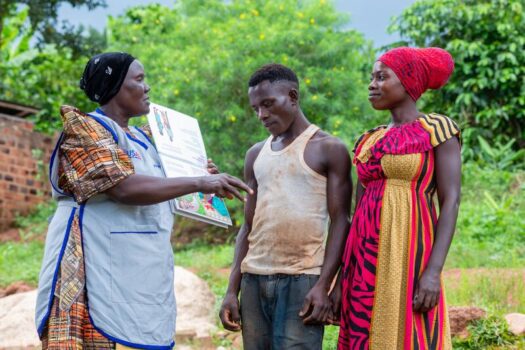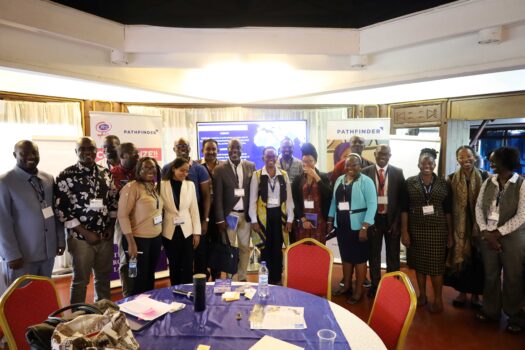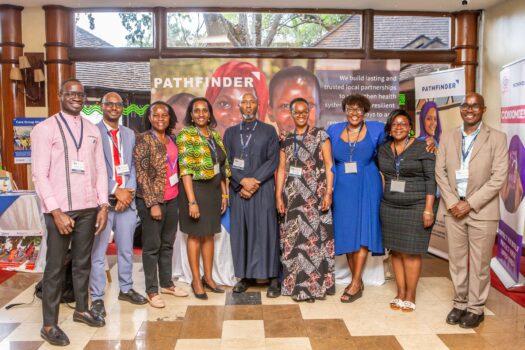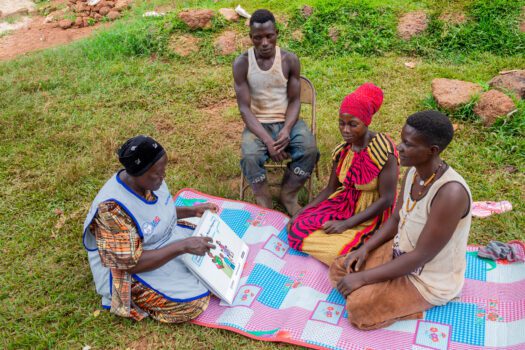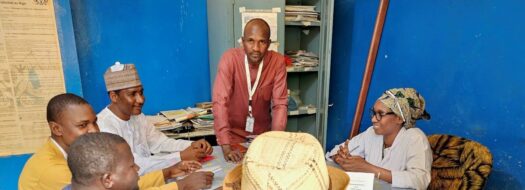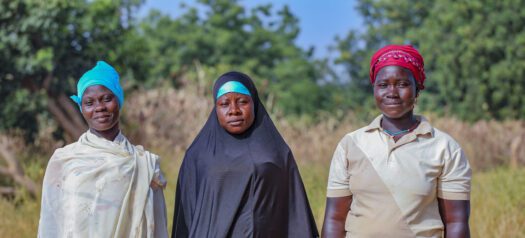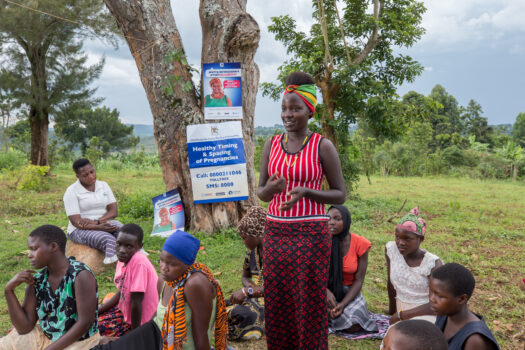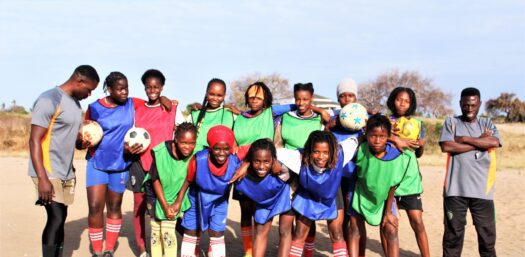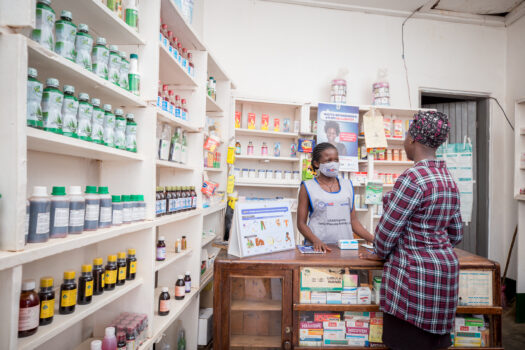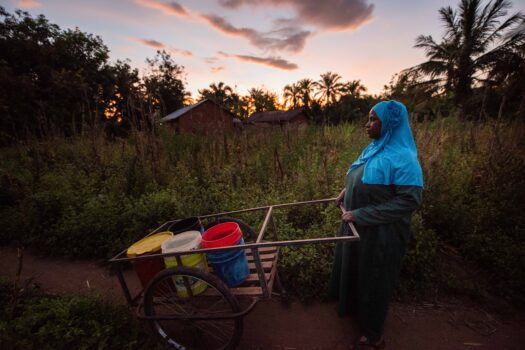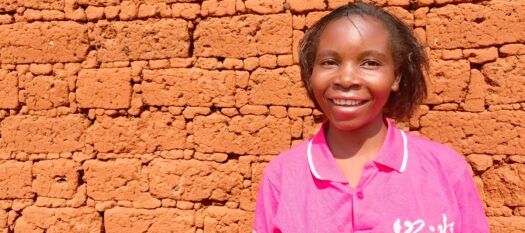Meskerem Melke is a bright 12-year-old girl with a plan – she wants to be a doctor. And today, Pathfinder’s Her Space Program is supporting Meskerem and other adolescent girls to develop their dreams into realities.
For the past two years, Pathfinders’ Her Space program has worked to enable very young adolescent girls (ages 11-14) to transition to adulthood safely. The program collaborates across stakeholders from the government to family members, looping in schools, health centers, and even local banks and police to create a holistic approach to helping the girls transition from adolescence into adulthood.
Why very young adolescent girls?
“Adolescent girls, especially the very young ones, are not adequately informed about the impending developmental changes and sexual and reproductive health information that can potentially change their lives,” says Worknesh Kereta, a Senior Advisor for Adolescent and Youth Health at Pathfinder. “This is a juncture of their lives that is critical, where they transition from childhood into adolescence. The transition is usually characterized by rapid and significant changes to their bodies due to the onset of puberty, which directly affects their physical, mental and emotional health, their sense of self and self-esteem, but with limited abilities to assess the risks and consequences of their actions.”
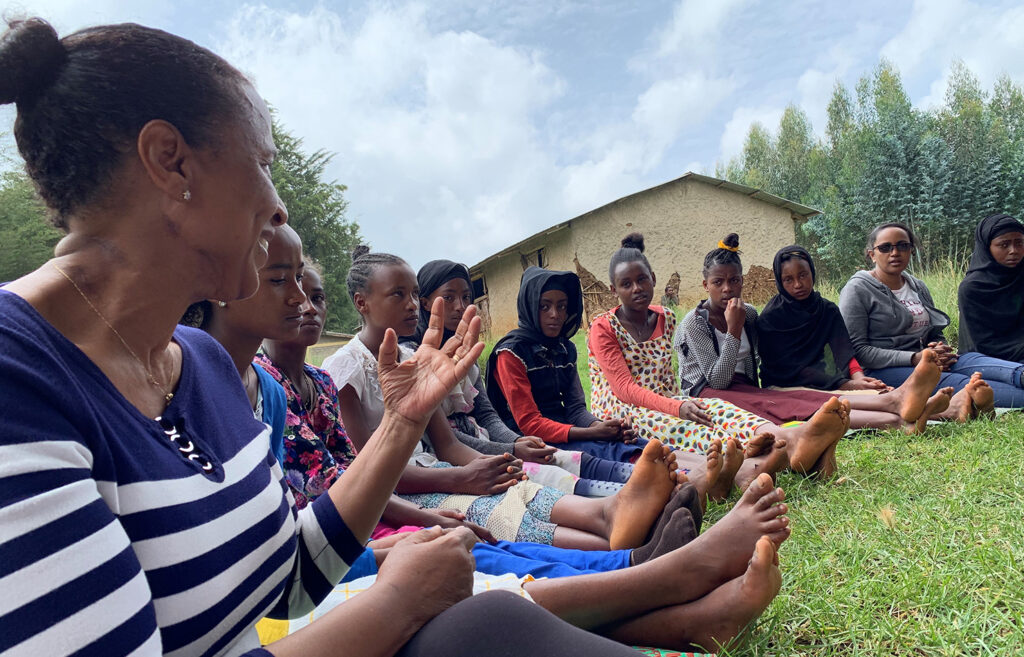
More than that, adds Worknesh, “very young adolescents are also considered children by those around them, and they are not given opportunities to discuss the developmental changes that are about to occur in their lives. It cannot be overstated that this period is a critical time for girls to have that information, and to share experiences and concerns. In Ethiopia, early marriage and female genital mutilation (FGM) are some of the numerous challenges young girls face.”
In Ethiopian communities, especially in rural areas that are prominently patriarchal, gender roles are pronounced. Girls assume traditional roles at an early age, taking on the lion’s share of the household work. As a result of the burden of these chores, young girls are less likely to go to school than their brothers.
“This is exactly why we have Her Space,” Worknesh explains. “The Her Space program is designed to address all of these multifaceted issues faced by young girls in a holistic and supportive way. The project works to identify the specific challenges the girls face, engage the girls in identifying the solutions to their challenges, and works with them to create a physically and emotionally safe space; develop a positive sense of self and self-efficacy; and improve their life and decision-making skills.”
More specifically, the program:
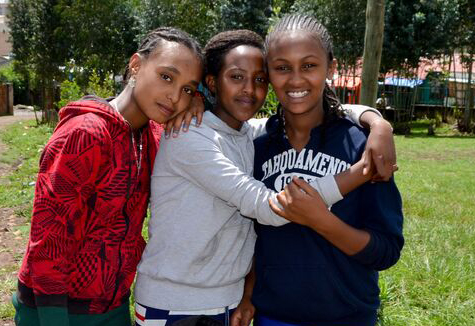
Increases demand from adolescents and their communities to access adolescent- and youth-friendly health services.
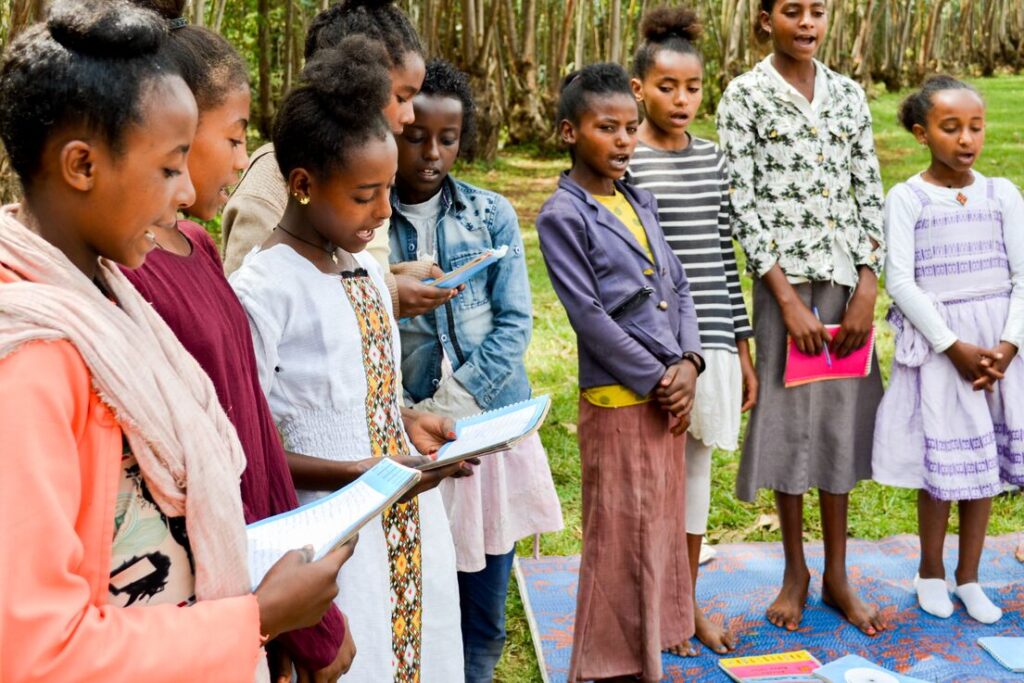
Develops adolescent girls’ negotiation skills with family members to meet their goals and aspirations in terms of education and finance.

Increases adolescent girls’ knowledge, confidence, and capabilities around personal, social, and safety issues.

Increases adolescent girls’ and their families’ problem-solving skills to overcome barriers at home, in school, and in the community to allow girls to continue their education.
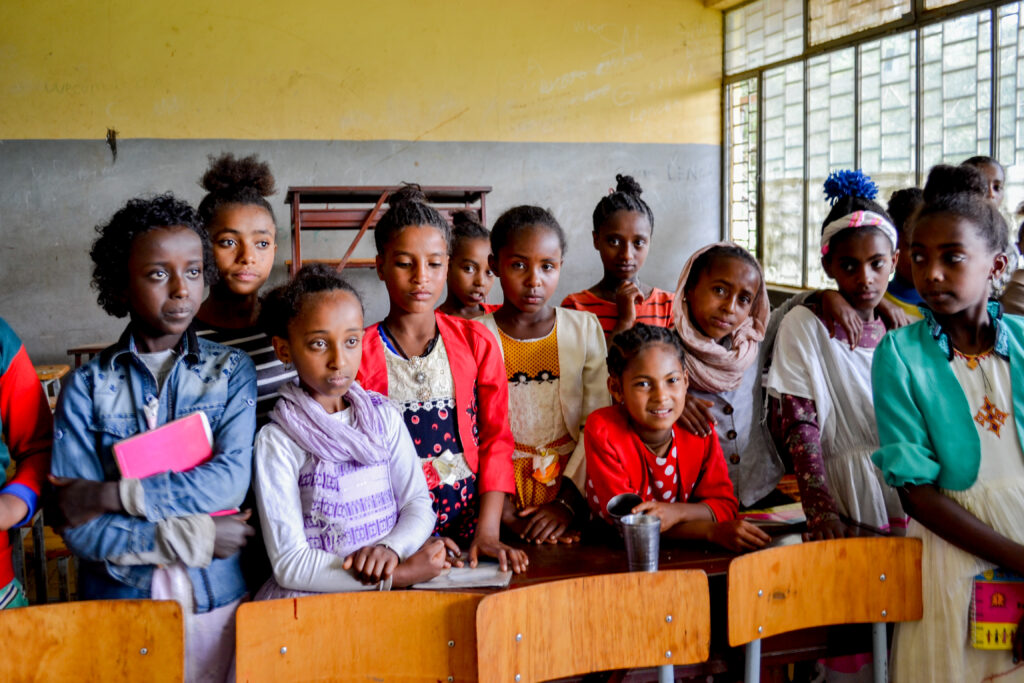
Generates evidence and document best practices for the “Her Space” model of empowering adolescent girls.
The steps in implementing Her Space:
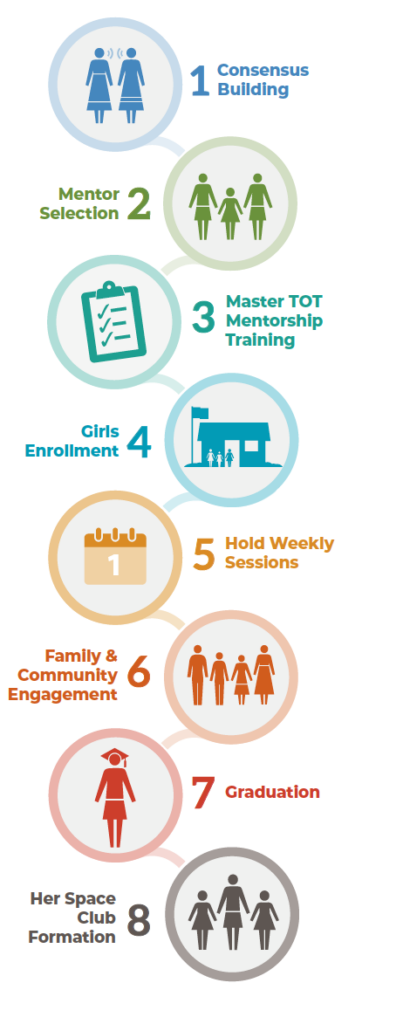

How do we do this? Through a series of interventions that starts with consensus building in the community. Achieving buy-in at the onset is a critical part of the process, one that leads to more girls participating, and staying, in the program.
“One of our key components of success was that when we started the program,” says Worknesh, “we started jointly with the Ministry of Health (MOH). The MOH agreed to host Her Space within Pathfinder’s Transform program, ensuring its sustainability. Then, we worked locally to engage the public sector and the health facilities to identify the girls and mentors – and we engaged the parents and families to build support.”
This model of cross-sectional collaboration not only engages stakeholders from the highest and lowest levels of government, but also engages the people that matter – mothers, fathers, and guardians in the community to create support and social capital towards the program.



Family members are given an orientation on Her Space, discussing the goals and the roles they can play to garner support for the program and the girls. Brothers are briefed on how they can support their sisters in household chores, homework, and in being allies against early marriage, gender-based violence (GBV), and other forms of harassment in school and the community. Additionally, orientations are organized for parents, religious leaders, and other community members.
Worknesh adds, “As part of the program, the girls are provided with learning visits and excursions to their local police stations, banks, and financial institutions. Members of the police force provide them with briefings on their basic rights and educate them on what to do in case of GBV, early marriage proposals, or harassment. On their visit to the banks, they learn about savings accounts. More importantly, they also visit the local health facilities and learn about the different types of services provided, and how to access them. During these visits, they are invited to bring their mothers (and or guardians) to share the experiences.”
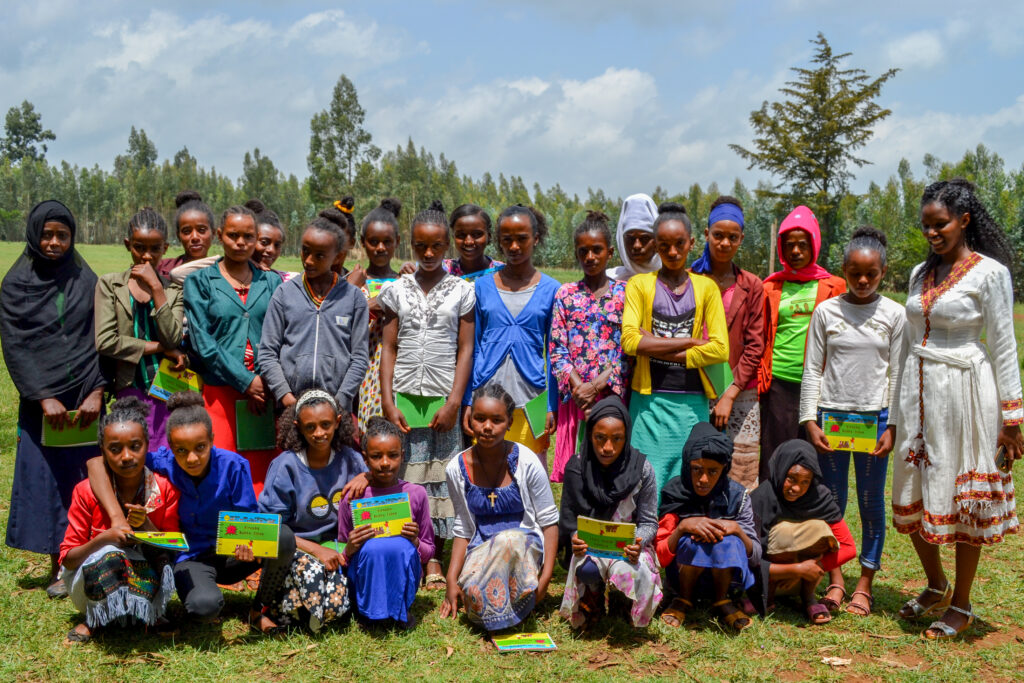

My parents agreed to give me away for marriage, to someone whom I do not know. It happened without my consent.
Belaynesh Adane, age 14 years old
The culture of early marriage and its impact run deep in this region says Nitsuh Mitiku, a Her Space mentor in the Amhara region. She recalls the incident when one of her 13-year-old mentees, Belaynesh Adane, came to her to tell her about her impending marriage that was arranged by her parents.
“As soon as we heard”, says Nitsuh, “the school director and I took time off to go and visit Belaynesh’s home, where we met both parents and spoke to them about Belaynesh’s stellar performance in school and the news we had recently heard about her betrothal. We discussed with them, helped them understand their obligations, responsibilities but most importantly addressed the opportunities they will have if Belaynesh continues with her education.
Finally, after hours of discussions detailing the legal, psychological, and physical ramifications of early marriage, they were convinced and unanimously gave their blessing for Belynesh to continue her education, as well as Her Space mentoring sessions. Currently, she has successfully graduated from Her Space mentoring sessions and has continued her education.”
Today, more than 5,000 girls have enrolled in the Her Space initiative. An increasing number of participants and graduation rates from the program reflect the success of Her Space— with 99% of girls graduating in Year 1 and 95% graduating in Year 2. In total, 3,263 girls have graduated from Her Space and 1,950 girls are currently still in sessions. Ultimately, Pathfinder’s goal is to embed the Her Space program into its larger adolescent, youth sexual and reproductive health programs, reaching as many adolescent girls as possible, and transferring the work to local communities.
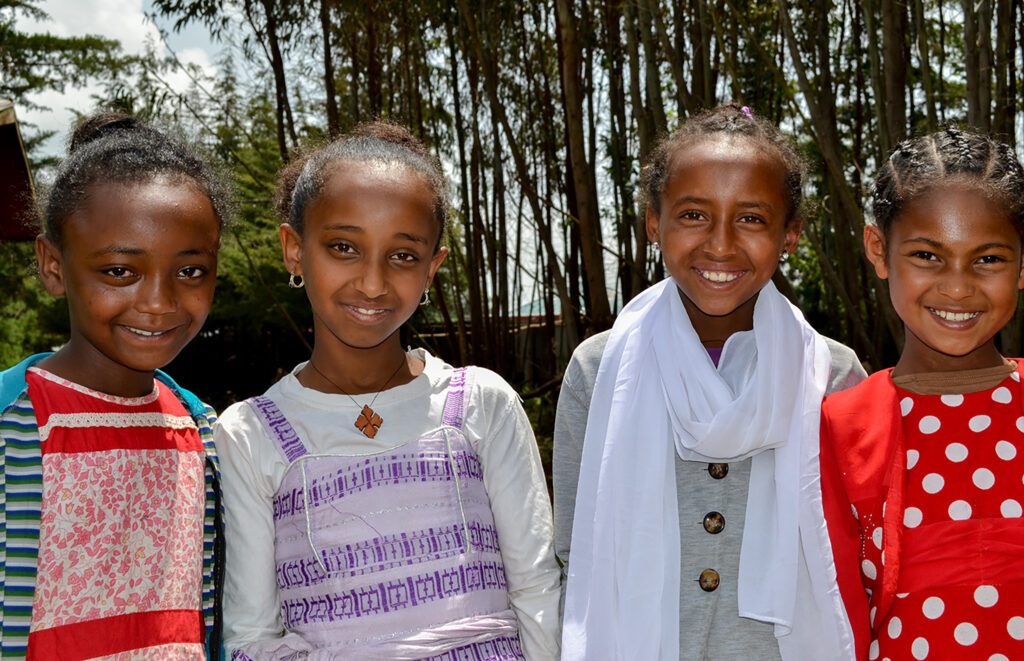

Worknesh adds, “The skills the girls learn last a lifetime. They are not only learning about sexual and reproductive health, but they are learning about their rights, and they are learning about how to earn, save, and spend money responsibly – critically important skills that can support their future life. This mentoring provides them with life skills at an early age. These girls will still face obstacles in their lives. But because of Her Space, these girls will have life skills and a support system to face challenges head on, fight if they need to, and commit to their educations. Her Space is indeed a program that will help them step much closer to their dream of being a Doctor, Police, Athlete, Pilot, Engineer, Artist or Nurse!”
Learn more about Pathfinder’s Her Space initiative in our technical brief, Reaching Very Young Adolescent Girls through the Her Space Initiative.
